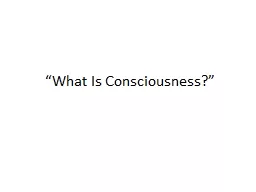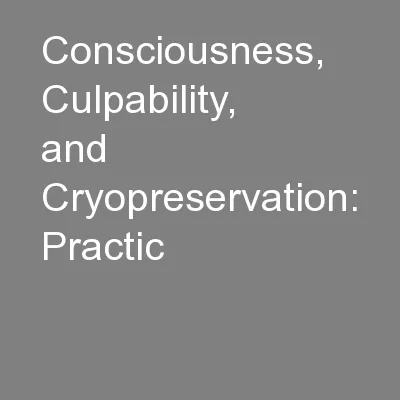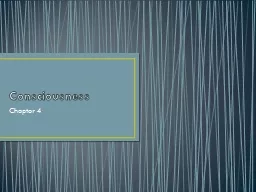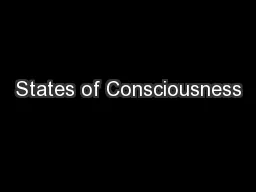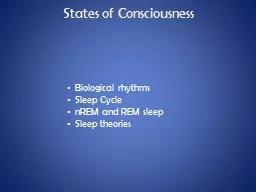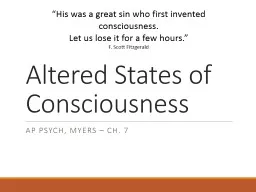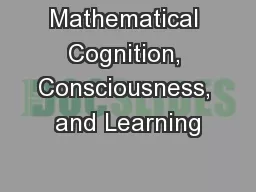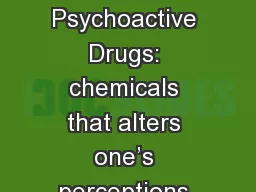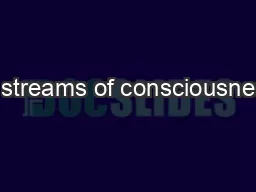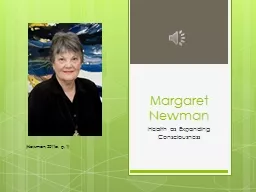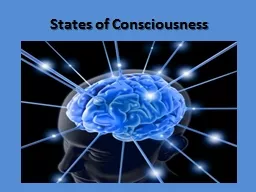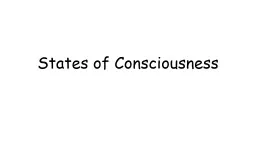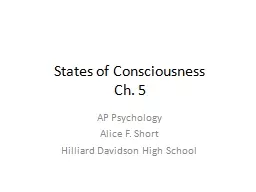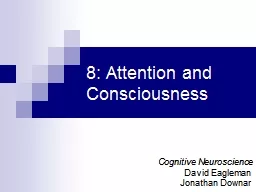PPT-“What Is Consciousness?”
Author : olivia-moreira | Published Date : 2015-11-13
David Armstrong Australian philosopher at the University of Sydney Many people would say David Armstrong is Australias greatest living philosopher living or dead
Presentation Embed Code
Download Presentation
Download Presentation The PPT/PDF document "“What Is Consciousness?”" is the property of its rightful owner. Permission is granted to download and print the materials on this website for personal, non-commercial use only, and to display it on your personal computer provided you do not modify the materials and that you retain all copyright notices contained in the materials. By downloading content from our website, you accept the terms of this agreement.
“What Is Consciousness?”: Transcript
Download Rules Of Document
"“What Is Consciousness?”"The content belongs to its owner. You may download and print it for personal use, without modification, and keep all copyright notices. By downloading, you agree to these terms.
Related Documents

